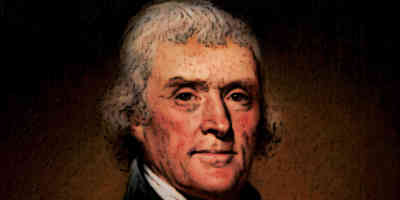Is the United States a Democracy?
There’s an old saying that the United States of America is not a democracy, it’s a representative democracy. But what exactly does this mean?
Is the US Really a democracy or Something Else?
And if so, how different from other democracies are we?
Introduction
The idea of democracy is central to the founding of America. How can we know if America is still this democratic ideal? There are many ways to approach this question, but let’s start by looking at some definitions of democracy.
Merriam-Webster defines democracy as a government in which all members have equal rights. This means that no one person has more power than another. The most important aspect of this definition is that it includes everyone in having an equal say in what happens to their country.

What is democracy?
Democracy is an idea of government in which power resides with the people. It is a form of government where citizens have equal rights, share responsibilities for running the country, and are part of decision making processes.
The actual term democracy gets its roots from two ancient Greek words:
- Demos – Meaning the People
- Kratos – Meaning Strength or Rule
Democracy in America was initially established by our founding fathers as an aristocratic republic but they envisioned it to be more democratic in nature.
What are the central ideas of democracy in the United States?
Democracy is based on the idea of majority rule which means that if a group of people (such as all eligible voters) vote on an issue, whoever has the majority vote wins.
The idea behind this is that everyone should have equal say in what happens to them. While democracy in America isn’t perfect, it does incorporate ideas such as free speech, freedom of religion and assembly, and other freedoms.

Thomas Jefferson
Was the United States intended to be a democracy or a republic?
The question of whether the United States is intended to be a democracy or republic is not as straightforward as it may seem. The ambiguity in this country’s founding principles is often attributed to confusion on behalf of the founding fathers.
However, there are also arguments that point to Thomas Jefferson as being responsible for promoting democracy instead of republicanism. It seems that many questions about what system this country was founded on still remain unanswered.
The Founding Fathers’ Intentions
The founding fathers had different opinions about what form of government would be best for the new nation, but most of them agreed that democracy was not right because it could lead to tyranny.

They wanted to create a republic with three branches of government:
- Legislative
- Executive
- Judicial
Conclusion
In conclusion, while it is debatable as to whether or not the United States is a democracy, it is clear that there are central ideas that are necessary for democracy.
Furthermore, the ideals of individual rights and freedoms can be seen throughout American history. It should also be noted that many of these ideas were shaped by the founding fathers who intended to create a republic.
- Birth of the USA
- 1st Amendment
- 2nd Amendment
- American Enlightenment
- American National Anthem
- Articles of Confederation 1777
- Betsy Ross
- Bill of Rights
- Birth of USA Timeline
- Christopher Columbus
- Declaration of Independence
- Federalism
- Is the United States a Democracy?
- Isolationism vs. Interventionism
- Liberty Bell
- Pledge of Allegiance
- The Torch of Liberty
- The U.S. Constitution
- Treaty of Paris
- War of Independence
- Washington D.C
- What Is The American Dream?